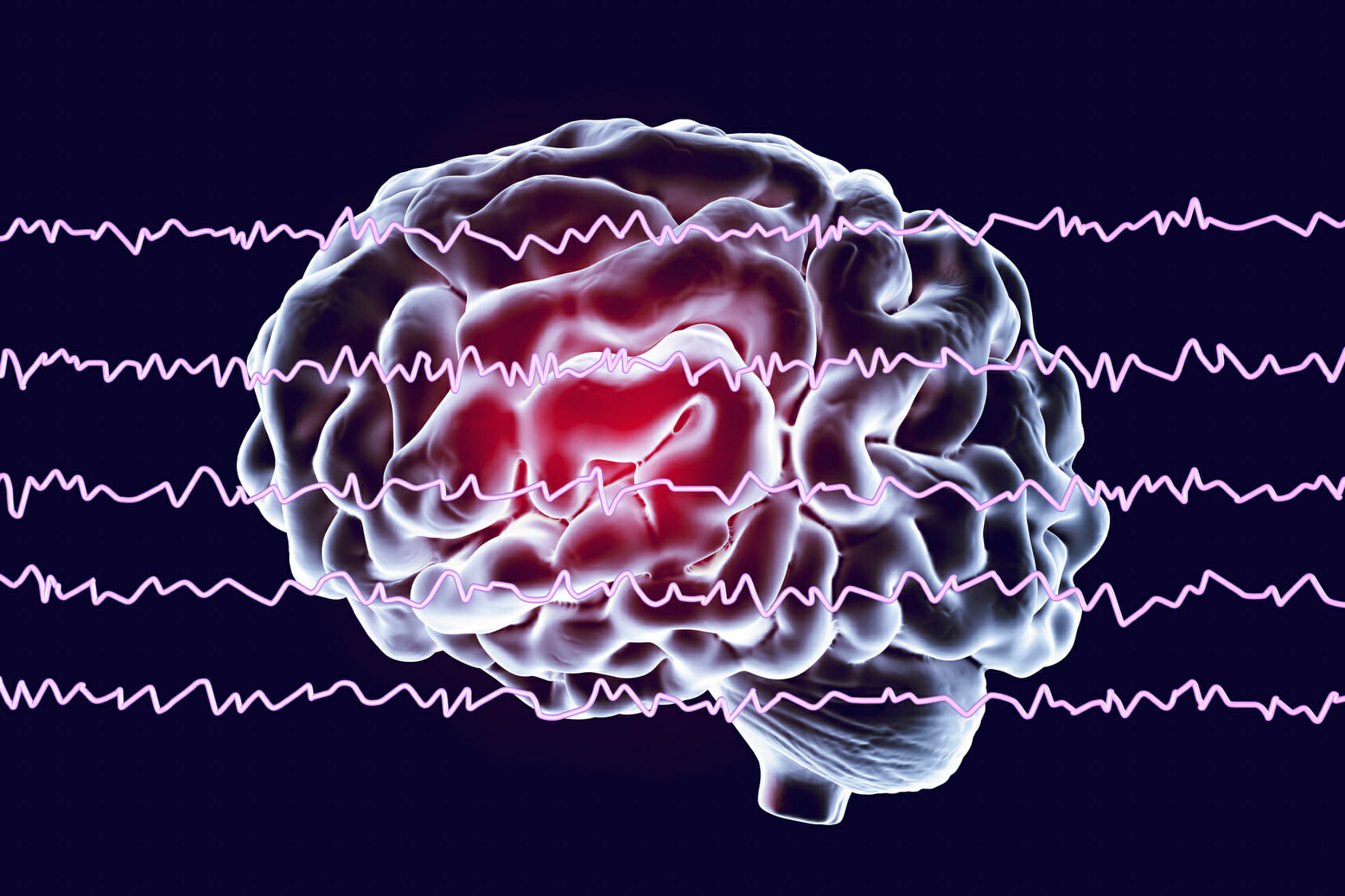Unlocking the Secrets of the Mind Through Quantitative EEG Brain Mapping in Psychological Wellness Evaluation
Comprehending the human mind is a complex task, particularly when it pertains to psychological health. Conventional methods of assessment often rely on conversations and surveys, which can occasionally miss important details about how the mind operates. This is where qEEG electroencephalography, or qEEG, comes into play. qEEG is a specialized method that assesses neural activity in the brain. By examining these neural patterns, psychological health professionals can gain important understandings into a person's mental state, aiding to enhance diagnosis and treatment.qEEG functions by placing small electrodes on the scalp to record brain signals. These electrodes measure electrical signals produced by neurons, the units in the cerebrum that communicate with each other. The information gathered is then processed and displayed as a set of patterns. Each kind of neural wave—such as alpha, beta, δ, and θ—corresponds to different psychological conditions and activities. For instance, α oscillations are commonly associated with relaxation, while β waves are linked to engaged cognition and problem-solving. By examining these trends, healthcare providers can identify irregularities that may suggest mental health issues.

One of the significant benefits of qEEG is its capability to provide objective data. In contrast to conventional evaluations that rely on subjective reports from clients, qEEG provides a distinct picture of brain function. This objectivity can assist minimize prejudices in assessment and lead to more accurate treatment plans. For example, if a client is facing anxiety, qEEG can reveal specific patterns of neural function that are linked with stress conditions. This information allows mental health professionals to tailor treatments more efficiently, whether it be through counseling, pharmaceuticals, or other treatments.
Moreover, qEEG can be particularly useful in tracking intervention advancement. By performing qEEG evaluations at different points during therapy, clinicians can track changes in neural function over period. This continuous assessment assists ascertain if a treatment is effective or if adjustments are needed. For example, if a patient is not responding to a particular treatment, qEEG may indicate that their neural function has not altered in a manner that suggests improvement. This feedback loop can lead to more personalized and effective mental health care.
In conclusion, qEEG brain mapping is a potent instrument in the domain of psychological health evaluation. By offering unbiased information about neural function, it improves the comprehension of different psychological health disorders. blog link This method not only assists in precise assessment but also assists in tracking intervention success. As psychological health experts continue to explore the potential of qEEG, it holds promise for improving the lives of individuals dealing with mental health challenges. With ongoing investigation and progress in techniques, the secrets of the brain may turn more apparent, resulting to better outcomes for those in need of support.